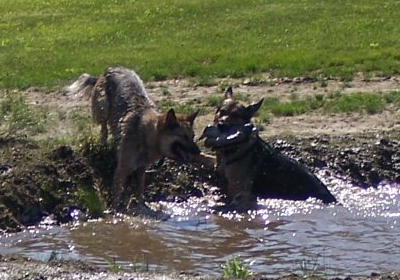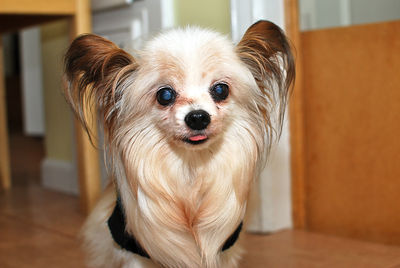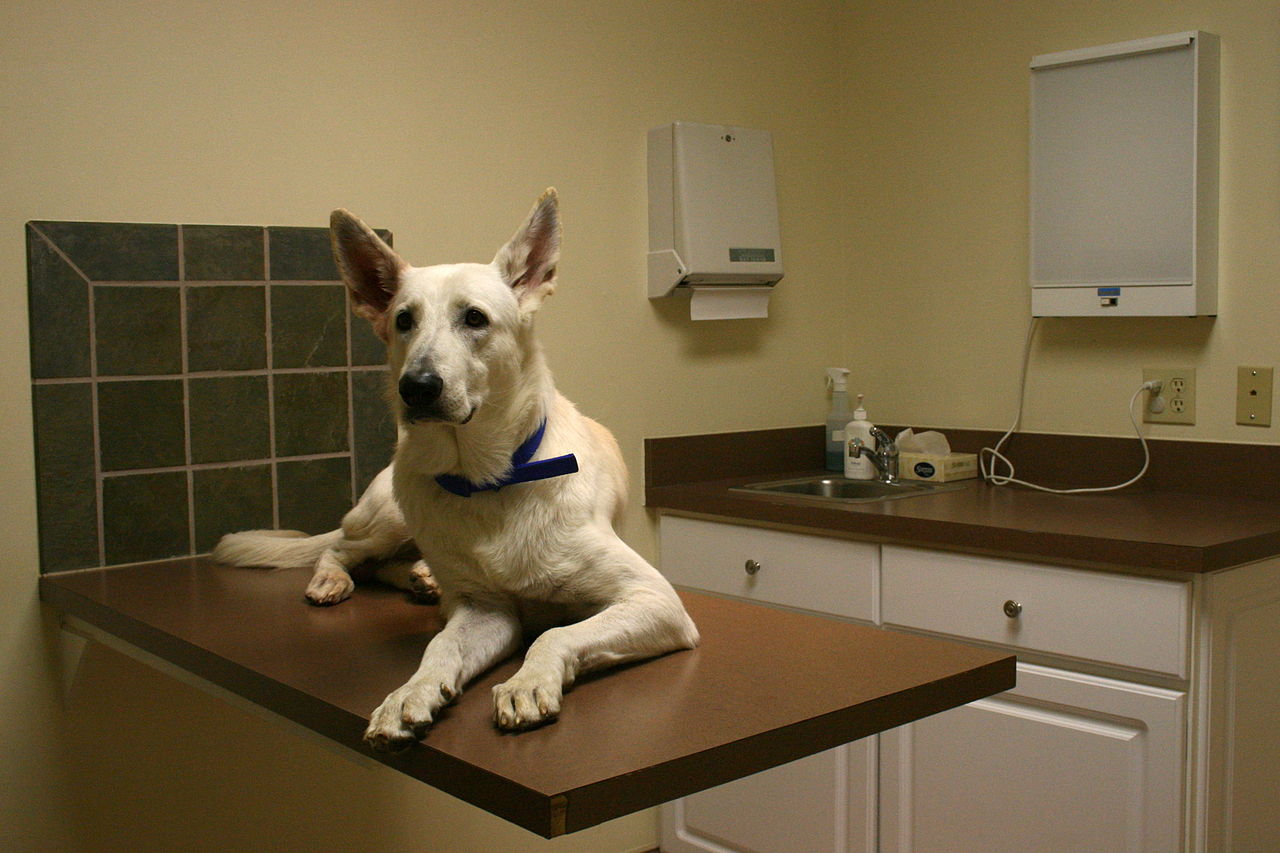
Degenerative Myelopathy is a disease in which there is a gradual loss of coordination and strength that begins in the hind quarters. About 80% of cases of Degenerative Myelopathy (DM) occur in German Shepherd Dogs, leading researchers to believe there is a genetic component to the disease in this particular breed. DM is usually seen in dogs 5-6 years of age and older.
A dog with Degenerative Myelopathy will wobble when walking, knuckle over (walking with the foot turned under, toenails showing abnormal wear) or drag the feet. The disease may first affect one hind leg and then both. As the disease progresses, the dog will sway when walking and have an odd gait and will no longer be able to stand. Eventually the hind quarters become paralyzed. Loss of urinary and fecal continence may also occur with sores and infections developing with loss of mobility and requiring treatment. These symptoms are similar to the symptoms of some other diseases, such as herniated intervertebral disks, and these must be ruled out before a diagnosis of Degenerative Myelopathy is made. Diagnosis is mainly through excluding other diseases and with the use of CAT scans, MRIs and myelograms. These tests are expensive, sometimes not conclusive and often worsen the situation.
Dr. R.M. Clemmons of the University of Florida has developed a treatment protocol that includes administering aminocarproic acid, vitamins such as A, C, E, Co-enzyme Q10, other supplements and diet. Results have been inconsistent, but worth trying as they don’t do any harm.
Acupuncture and massage may help to relieve a dog’s stress. While there is no pain associated with DM, a dog can appear frustrated having lost his/her mobility. Once paralysis sets in a doggie cart or special harness allows for walks and can be help to the dog in relieving him/herself.
There is no cure for DM and progression of the disease usually occurs over a period of a few months.
Related articles:



